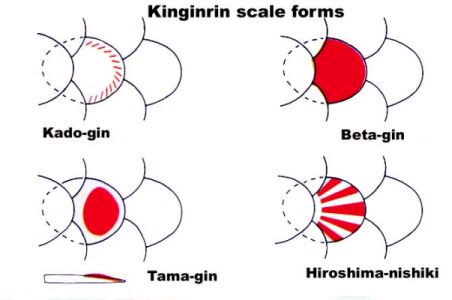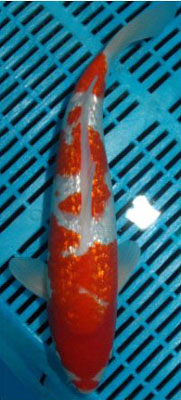
Ginrin Kohaku
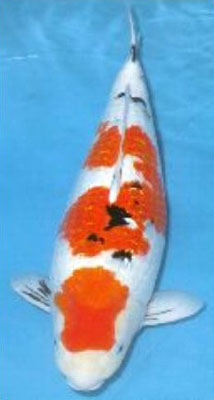
Ginrin Sanke
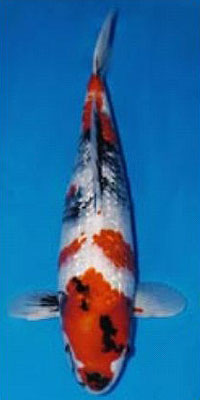
Ginrin Showa
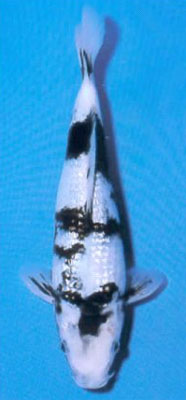
Ginrin Shiro Utsuri
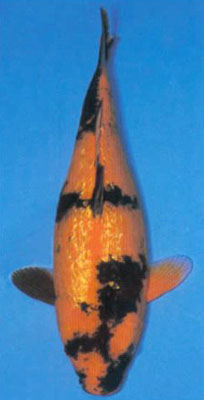
Ginrin Ki Utsuri
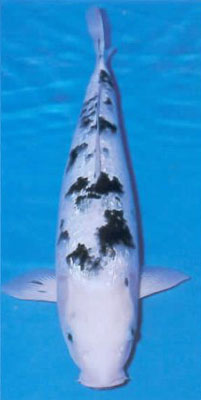
Ginrin Bekko
Kinginrin means "Gold and silver scales" and it is the name given to the sparkling scales that appear golden over red (Kin) and silvery over the black and white areas (Gin). Usually referred to as simply Ginrin, this type of scale can occur in many varieties/classes of koi: Ginrin Kohaku, Ginrin Sanke, Ginrin Showa, Ginrin Shiro Utsuri, etc.
In order to be qualified for this class, a Koi must have at least two full rows of Kinrin or Ginrin scales.
(click to resize)
 Ginrin Kohaku |
 Ginrin Sanke |
 Ginrin Showa |
 Ginrin Shiro Utsuri |
 Ginrin Ki Utsuri |
 Ginrin Bekko |
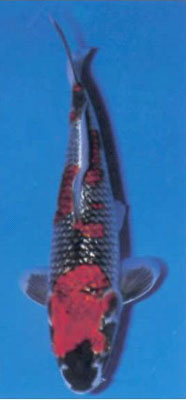 Ginrin Goshiki |
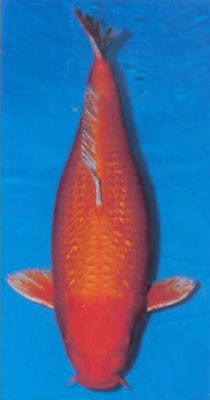 Ginrin Benigoi |
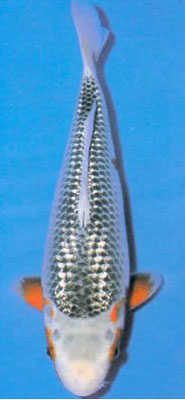 Ginrin Asagi |
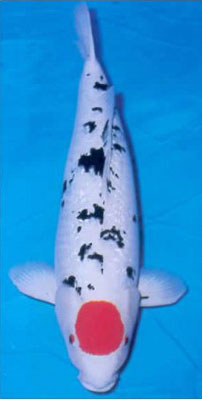 Ginrin Tancho Sanke |
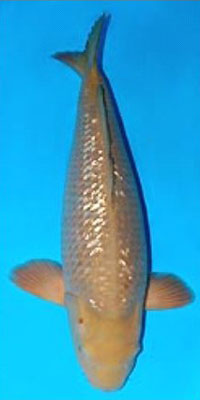 Ginrin Chagoi |
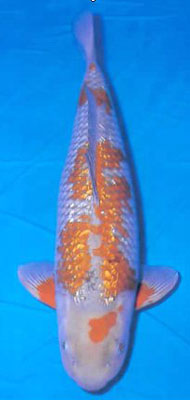 Ginrin Ochiba Shigure |
KIN GIN RIN
literally means Gold and Silver scales. A chemical deposit creates a sparkle effect on each scale.
Many of the koi classes have been crossbred to have Kin Gin Rin scales but if a koi has two rows of Gin Rin scales, it is shown in Kin Gin Rin class. Koi with less Gin Rin scales are usually shown in their normal class and the scales may or may not affect the judging.
There are four types Kin Gin Rin scales.
Pearl Gin Rin has a sparkle deposit in the center of each scale like a pearl.
Diamond Gin Rin or Hiroshima Gin Rin looks like brushed aluminum sparkle.
Beta-Gin is where the whole scale sparkles and is the most valued type.
Kado-Gin has only the aft edge of each scale covered with this sparkling deposit.
Gin Rin shows up best on white and red and does not show very well on black. It needs sunlight to be appreciated.
(http://www.akca.org/library/koiclass.htm)
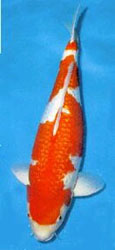 Kinginrin Kohaku |
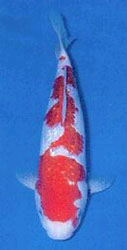 Ginrin Kohaku |
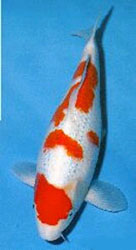 Kinginrin Kohaku (Pearl Ginrin) |
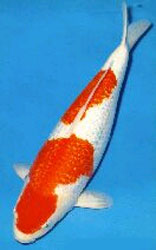 Kinginrin Kohaku (Beta-Gin) |
